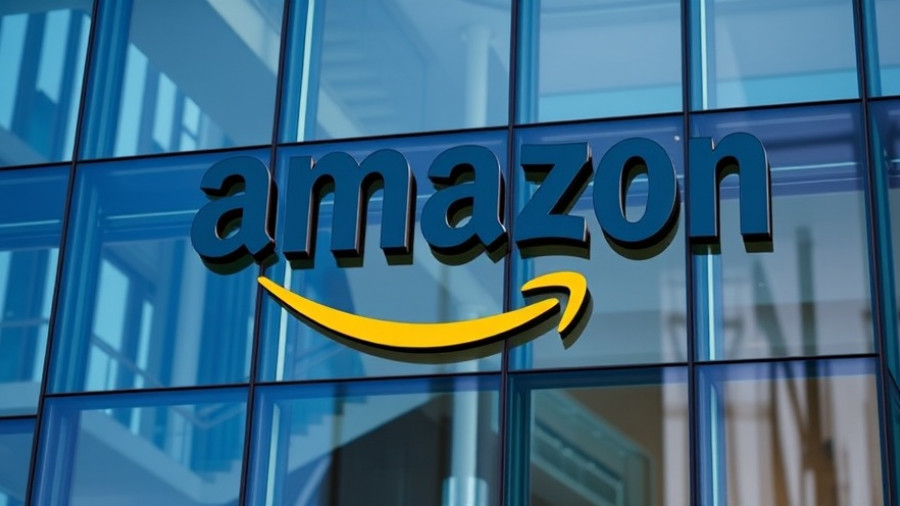
Anthropic's Growing Importance in India's AI Landscape
In a significant meeting on October 12, 2025, Prime Minister Narendra Modi engaged with Dario Amodei, the CEO of Anthropic. The discussions centered around Anthropic's strategic expansion into India and the heightened use of its AI model, Claude, which has reportedly surged fivefold since June 2025. This meeting underscores India's emerging position as a vital player in the global AI arena, attracting significant attention from tech giants.
India: A Strategic Hub for AI Innovation
Amodei's visit to India highlights the nation’s growing relevance in the realm of artificial intelligence. After the meeting, he took to social media to emphasize India's role in shaping the future of AI, particularly in critical sectors such as education, healthcare, and agriculture. "How India deploys AI across critical sectors for over a billion people will be essential in shaping the future of AI," he stated. This reflects a firm belief in the capabilities of India's tech ecosystem, driven by a youthful workforce ready to innovate.
The Expansion Plan: A Local Approach
Anthropic is set to establish its office in Bengaluru by early 2026, marking its first operational base in India. This expansion is intended to foster collaboration with local developers and enterprises, particularly in sectors critical to India's development. By establishing a local presence, Anthropic aims to better serve Indian users and tap into the vast potential of the Indian market.
Understanding Claude’s Usage in India
India now ranks as the second-largest market for Claude, trailing only the United States. Data reveals that approximately 50% of Claude’s usage in India serves technical functions such as software development and debugging. Differences in usage patterns suggest that India presents unique opportunities for AI tools geared towards local contexts and cultural nuances. With a vibrant startup ecosystem driving demand, Anthropic's Claude has positioned itself as a preferred choice among Indian developers.
Encouraging a Human-Centric AI Approach
During the meeting, PM Modi emphasized the importance of responsible AI development, praising India’s tech-savvy youth and the country's dedication to fostering a human-centric AI landscape.
"India’s vibrant tech ecosystem and talented youth are driving AI innovation that is human-centric and responsible," he noted, indicating a commitment to ensuring technology benefits everyone.
Competition and Future Trends in AI
As Anthropic prepares to enter the Indian market, it finds itself in a rapidly evolving AI landscape marked by competition from other players such as OpenAI and Google’s Gemini. Both companies have made significant shifts to accommodate the Indian consumer, offering advanced AI tools which sometimes are free to capture a growing user base. This competitive environment not only pushes innovation but also presents opportunities for users seeking efficient AI solutions for various applications.
The Bigger Picture: AI's Role in India's Development
As nations globally pivot towards AI, India's billion-strong internet populace is poised to be a crucial battleground for AI advancements. As Anthropic invests in local partnerships and initiatives, it could significantly contribute to India's ambitions of becoming a leader in technology innovation. Working with local startups and organizations will enable bespoke solutions that address India’s specific challenges in critical sectors.
Call to Action: Engage with the AI Revolution
The increase in AI adoption presents an evolving landscape filled with opportunities. As a part of this growing ecosystem, engage actively with AI technologies like Claude to harness their full potential. Whether you’re a developer, researcher, or just an AI enthusiast, exploring these advancements can lead you to innovative solutions impacting our future.
 Add Row
Add Row  Add
Add 




Write A Comment